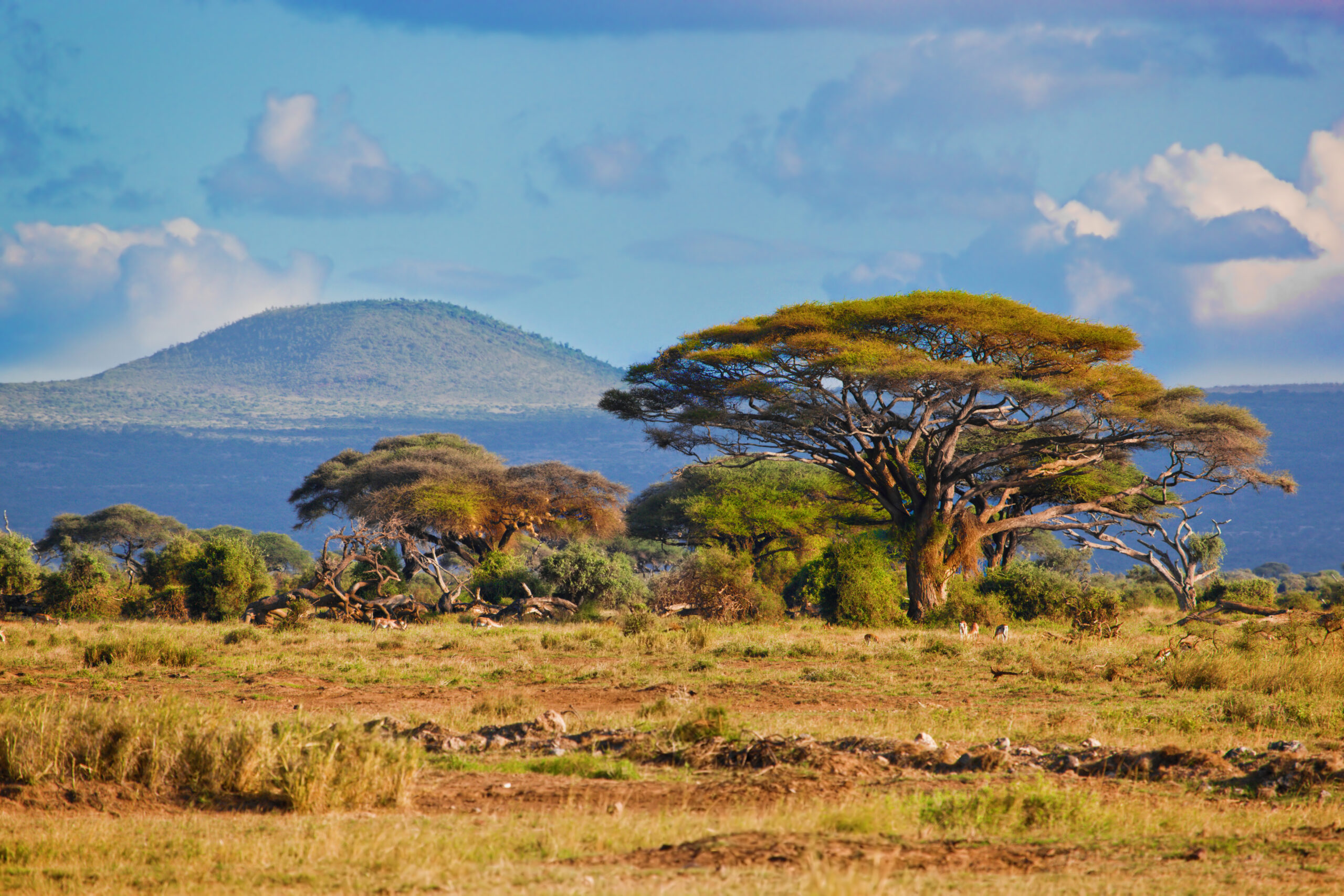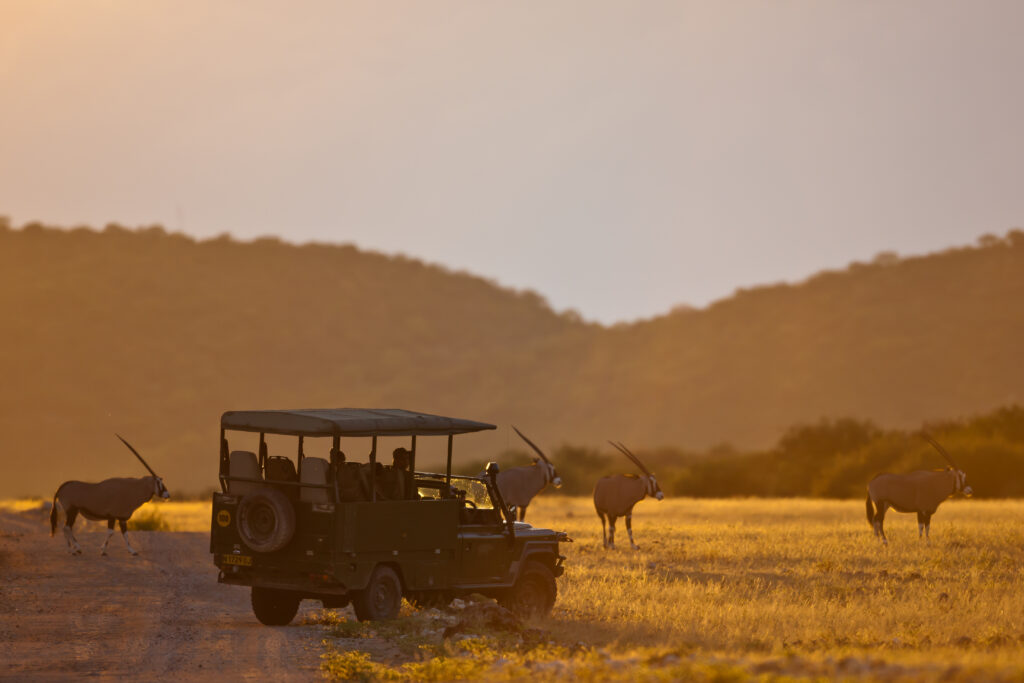How to Pack for an African Safari
Packing for an African safari can be a challenge, with unfamiliar climates, foreign countries and remote locations. The urge to over pack is strong, because replacing any essentials you may have left behind may be more difficult than in your home country. Resist the urge, however, because most safari goers end up on a “bush flight” a small plane that takes you to the national park or game reserve you’re visiting. These small planes have weight limits for luggage—usually 15 kilograms or 33 pounds per person—and often they require that you use only soft sided luggage.
Remember your best asset is asking people who have been on safari before what they brought, what worked for them and what ended up being wasted space. Here is our breakdown of everything you need to pack for an African safari.
Prepare Your Documents
First things first, you’re going to need to be able to get into the African country you’re planning on visiting. You may also need advance notice to assemble the appropriate passports, visas, health certifications and vaccinations. Make sure you know what documents are required to get into the country you are flying to, and remember that Africa is not like the European Union with expedited travel between countries. Each country will have its own laws that are important for you to familiarize yourself with. Laws like the plastic bag ban in Kenya (possession of a plastic bag is punishable by a fine up to $40,000) are important to know ahead of time, so that you can bring a reusable TSA-approved toiletry bag, for instance.
African Safari Clothes
With your 15 kilogram weight restriction, the way to save space is on clothes. Pack for practicality and comfort, focusing on layers and multi-functional items. Many safaris offer laundry service, so plan to take advantage and cut down on daily outfits.
For clothing, a capsule wardrobe will be everything you need:
– 2 pairs of breathable long pants in light earth tones
– 2 long sleeve breathable shirts in light colored earth tones
– 3 t shirts/tank tops for layering
– 1 light jacket for cool morning game drives
– a light scarf or bandana to wrap up in in the morning and then use as sun protection for the afternoon
– a light colored, breathable wide brimmed hat
– many safari camps have pools, so bring a swim suit
– one versatile dress or nice shirt for an evening
Add your preferred sleeping attire and undergarments (keep in mind that it is considered impolite to include undergarments with laundry service, so plan on washing these yourself). For shoes, one pair of sturdy but fairly light trail shoes will do for most of your safari wear. Consider bringing a second pair of tennis shoes for more casual wear, and then flip flops or sandals for the pool and around the campsite.
What to Bring for Toiletries
Toiletries are another easy place to pack on weight, so try to pack multi-use items and smaller sizes to cut down on excess luggage.Your essential toiletries will be moisturizer, sunscreen, insect repellant (we recommend a kind with Deet) and lip balm with sunscreen. Many safaris offer shampoo and conditioner, but you can bring your own as well. Make sure to think about personal care—toothbrush, toothpaste, floss as well as contacts and eyeglasses.
Bring a Small Medical Kit
Speaking of personal care, a small kit of basic medical supplies will prove invaluable as you deal with cuts, scrapes or headaches while on safari. Stock up with a pain reliever/fever reducer like Tylenol, a few doses of DayQuil or other cold medicine, an antihistamine like Benadryl for any reactions to insect bites, and diarrhea medication like Immodium.
Most importantly, bring extras of any personal medications that you take, and have a plan for if a pill bottle gets lost or if a pair of eyeglasses gets broken. Talk to your doctor in your home country about how to be best prepared, keeping in mind that the nearest town may be miles away, and refilling prescriptions may prove difficult.
Plan Ahead to Bring Your Tech
Safaris are all about the pictures, so even if you are not an avid photographer, you will probably want to bring a separate camera. A DSLR camera with extra batteries, memory cards, flash drives and the associated charging cords is a must for safari photography. We also recommend a zoom lens—doesn’t need to be a large telephoto, just a standard zoom—and even a spare camera in case something were to happen, so that you could continue to capture the epic wildlife you see along the way.
For your charging cords, many safaris will offer a universal outlet convertor, but be sure to research the outlet type of where you are visiting and bring a convertor or two of your own. Africa runs on 220-240 volts, like Europe, and many American devices are set up to accommodate 110 or 220 volts, but larger items like hair dryers are not. Think about whether you will need a device that does not run on 220 volts and whether you will need to bring a voltage convertor.
Extra Items Not to Forget on African Safari
An African safari is a completely unique experience, and there are some things that you may not think to pack that will dramatically improve your safari experience. Firstly, a waterproof bag for your camera equipment and anything else you want to keep dry and dust free is an absolute lifesaver. Safaris are known for being dusty and having a secure place away from dust to store your camera will keep it safe and functional throughout your trip.
Unlike most trips where you would want to change most of your money or rely on credit cards, the best way to pay your way in Africa is cash. U.S. dollars are fairly widely accepted, but credit card machines are few and far between in the bush, so keeping a supply of cash on hand will take care of most of your expenses. We recommend changing a small amount of bills into local currency, and then keeping U.S. dollars on hand for tipping your safari guide and other expenses.




Leave a Reply